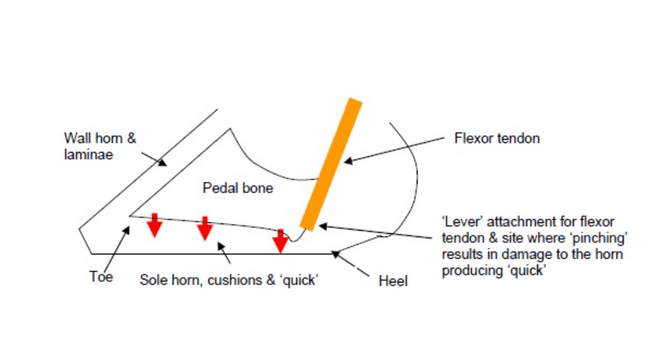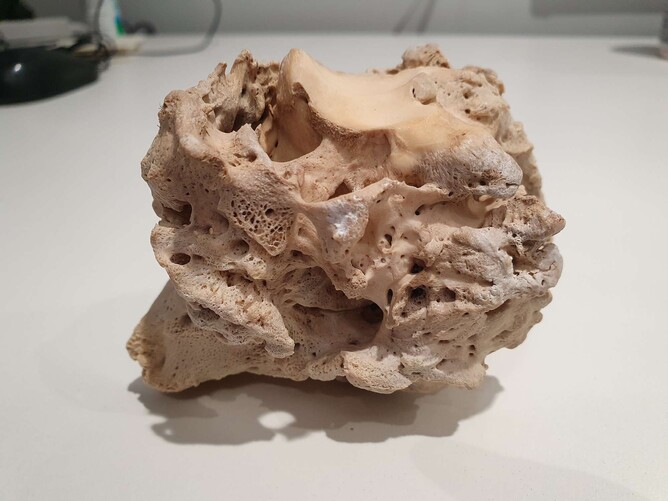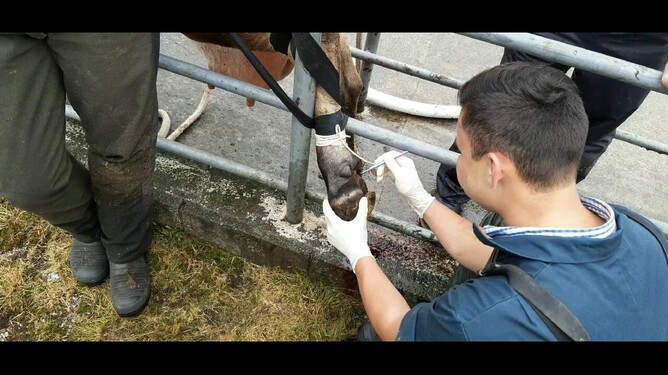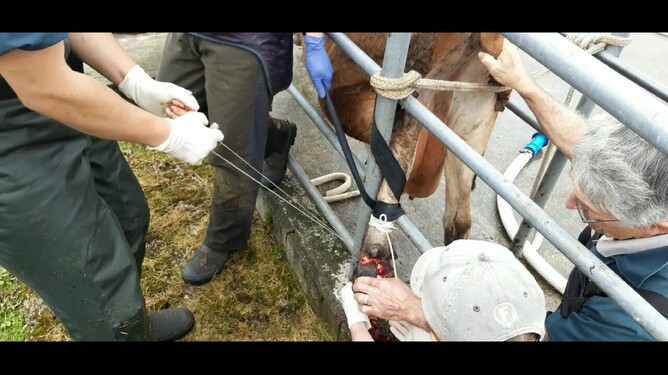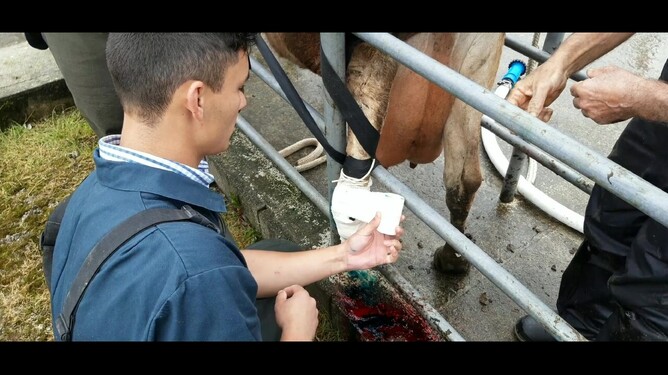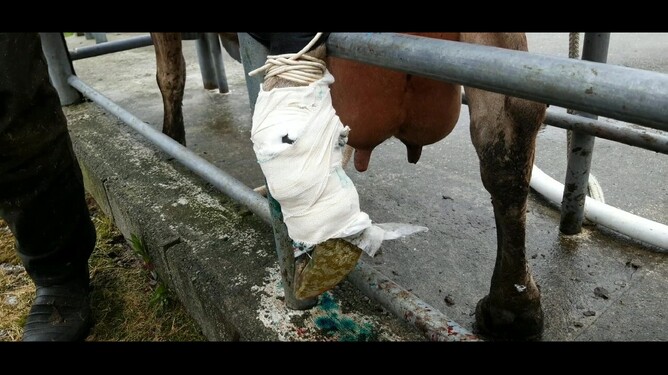In this instalment, we look at solar bruising and necrotic toes.
For the final instalment of the lameness trilogy, we are going to look into the last couple of conditions commonly seen and a procedure to remove incurable toes.
Solar bruising
Solar bruising is a bleed in the sole-forming tissue, generally through an aspect of pressure being applied to it. This can come from external forces, where the sole is thin and soft and the cow stands on a rock or stone which causes the site to bruise.
Alternatively, it can be from internal compression. This is commonly seen at calving and the cause of it is a bit more complicated.
To allow a cow to calve, the cow's tendons must dilate to provide enough space for the calf to pass through the hips in the birth canal. This tendon relaxation affects all tendons in the body, including those in the foot.
This slight relaxation leads to the last bone in the foot loosening and roaring slightly, which causes a ‘pinch’ between the bone and the newly forming sole tissue and the floor, leading to a bruise.
These bruises are commonly seen around 6 weeks after calving, as this is the time it takes for the sole to appear at the base of the foot.
This bruise develops at a very typical location on the sole: in the centre, ⅔ of the way towards the heel.
We also see it in bulls that have been raised on pasture and, when used at mating, are moved in the dairy herd and expected to do a lot of walking and standing on lanes and concrete. Their feet are not used to this and wear out quickly, leading to thin, soft soles and lameness in multiple feet. This is usually seen from 3 weeks of the bulls being used at mating.
Treatments
If you notice that your cows have a soft sole in a single toe, you can apply a shoe to the good toe to avoid the pressure from the ground.
Anti-inflammatory and pain relief, like Ketomax and Metacam, can help make these animals a lot more comfortable.
Necrotic toe
Necrotic toe is a broad term for when an infection (normally bacterial) infiltrates the inside of the hoof, and starts to eat away at the internal structures, including bones and tendons.
This is an end-stage disease and, once you have boney changes, there is nothing we can do to correct the bones.
At this stage, a prolonged (10 day) course of penicillin may kill the infection and bring down the swelling. However, very often, the damage is too great, the foot remains sore and the cow is still lame.
Toe amputations
Toe amputations are relatively quick to do and, generally, have good outcomes.
The surgery involves removing one of the claws of the foot and these one-toed cows can stay in the herd for multiple seasons afterwards.
It can also be a 'salvage procedure' when an animal is too lame for the truck. Removing the chronically painful toe means the animal should be good to go to the works (we normally wait 6 weeks post-surgery to ensure all drug withdrawal periods are over and the surgical wound has had time to heal over).
How does the procedure work?
Firstly, we do a regional anaesthetic block, numbing the whole foot from below a tourniquet.
3.
4.
5.
There is generally very little blood loss as the tourniquet drastically reduces blood flow to the foot.
With the painful toe removed and the surgical wound 5cm off the floor, the cow becomes sound again surprisingly quickly.

